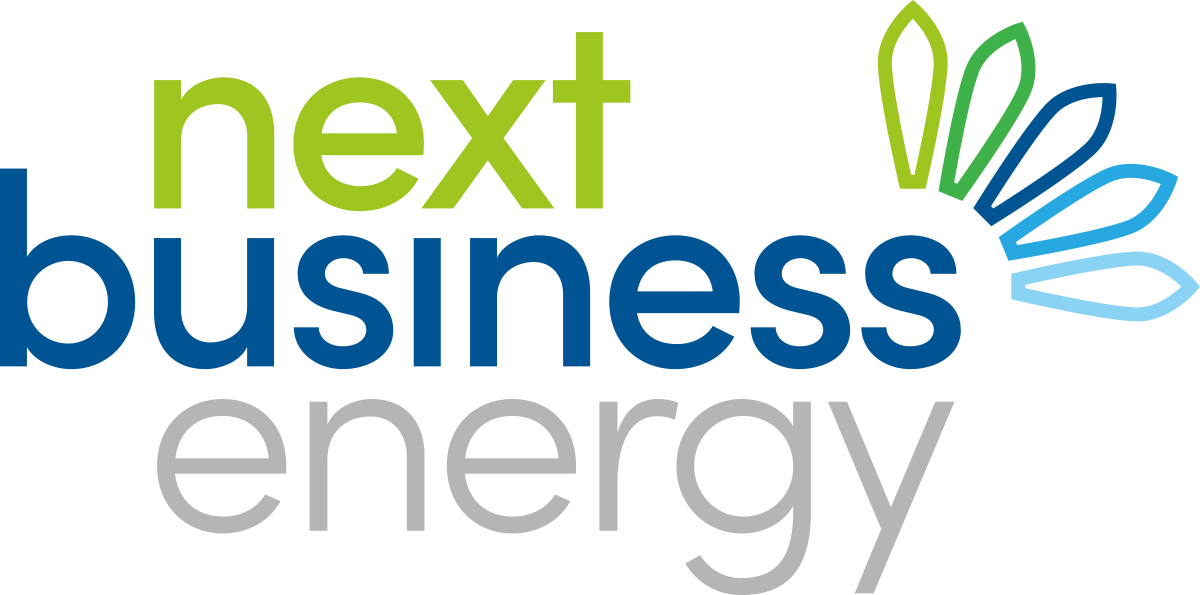As a small business owner, managing costs is a top priority, and reviewing your energy consumption habits may help you find significant savings in your energy costs. Conducting a DIY energy audit is a proactive measure to identify areas where you can reduce energy consumption and lower your bills. It’s essential to recognise the limitations of a DIY audit and understand the value of consulting with energy professionals for a comprehensive assessment.
Here are a few things to keep an eye out for when considering your energy habits.
Assess Your Current Energy Usage
The first step in conducting a DIY business audit is understanding your current energy usage. You should review your utility bills from the past year to identify patterns and trends in your energy consumption. Look for any spikes or fluctuations that may indicate inefficiencies or areas for improvement.
Identify Energy Saving Opportunities
Once you have a clear picture of your energy usage, it’s time to identify opportunities for savings. Inspect your business premises for energy-wasting habits or inefficient equipment. Here are some general energy-saving tips to get you started on your audit.
- Lighting: Replace incandescent bulbs with energy-efficient LEDs and install motion sensors or timers to control lighting usage in unused areas.
- Heating and Cooling: Ensure proper insulation and seal any drafts to minimise heating and cooling losses. Set thermostats to optimal temperatures during business hours and adjust them when the premises are unoccupied.
- Appliances and Equipment: Turn off or unplug electronic devices when not in use, and consider upgrading to energy-efficient appliances and equipment.
- Water Usage: Install low-flow taps and toilets to reduce water consumption and fix any leaks promptly.
- Employee Awareness: Educate employees about energy-saving practices and encourage them to adopt energy-conscious behaviours in the workplace.
Conducting a Walk-Through Energy Audit
Walk through your business premises and visually inspect potential energy-saving opportunities. Look for signs of energy waste, such as:
- Lights left on in unoccupied rooms
- Equipment running unnecessarily
- Leaking taps or pipes
- Poor insulation or drafts around windows and doors
List any issues you identify and prioritise them based on their potential impact on energy savings and the cost-effectiveness of addressing them.
Consulting with Energy Professionals
Whilst a DIY energy audit can help you identify low- and no-cost energy-saving opportunities, it’s essential to recognise its limitations. For a comprehensive assessment of your energy usage and potential savings opportunities, consider consulting with Next Business Energy and see what we can do for you. To get in touch, fill out our enquiry form or call us on 1300 46 6398.
Taking Control of Your Energy Costs With an Energy Audit
Conducting a DIY business audit can be a valuable step towards reducing energy costs and improving your bottom line. By understanding your energy usage, identifying opportunities for savings, and consulting with Next Business Energy for a comprehensive assessment, you can take control of your energy costs and ensure the long-term sustainability of your business.

